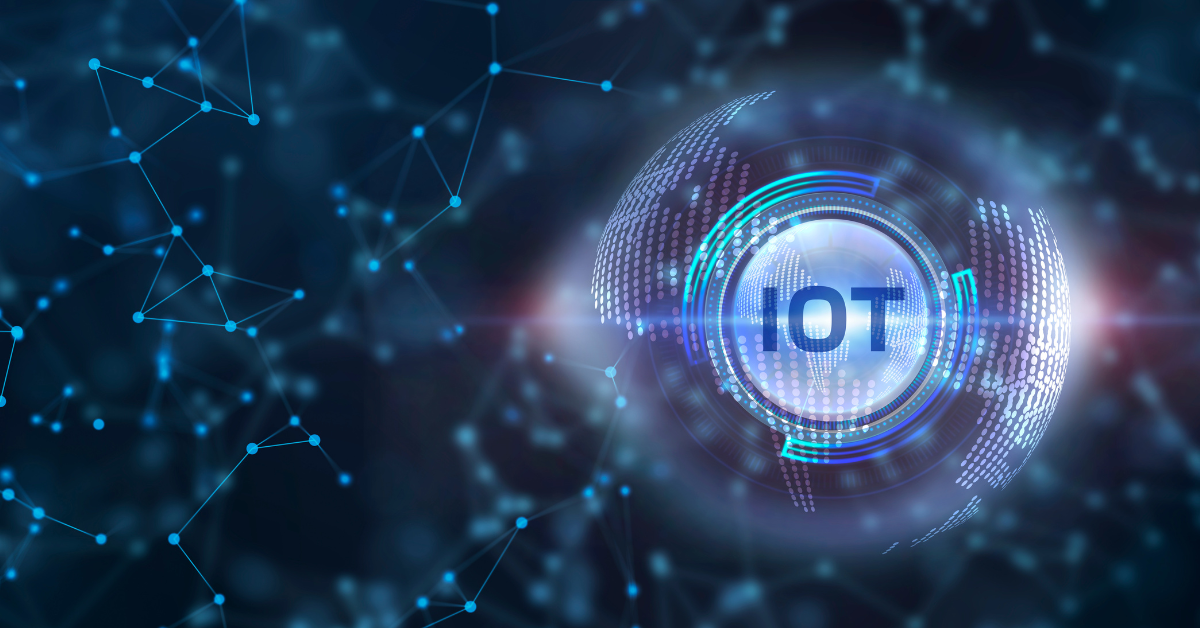Cybersecurity in the IoT era: safeguarding networks, devices, and data
The Internet of Things (IoT) has showed in a new era of connectivity, transforming the way we live and work. With this surge in interconnected devices, ensuring robust cybersecurity measures is more critical than ever. This BugBounter cybersecurity blog post explores the multifaceted landscape of IoT security, addressing challenges, best practices, and the role of emerging technologies.
The IoT Cyber Threat Landscape in 2024
The proliferation of IoT devices is exponential, reaching over 29 billion globally by 2030. From smart homes to healthcare and manufacturing, diverse sectors leverage IoT for enhanced connectivity. However, this increased connectivity also introduces vulnerabilities, demanding a proactive approach to cybersecurity.
Cybersecurity Challenges in the IoT Era
IoT devices and networks pose unique challenges, including easily accessible default passwords, outdated components, and insufficient encryption. Recent research reveals vulnerabilities in electronic vehicles, emphasizing the need for robust cybersecurity to protect users and communities from potential threats.
Types of Cyber Threats Targeting IoT Devices
Ransomware, DDoS attacks, and Man-in-the-Middle attacks pose significant threats to IoT devices. The evolving threat landscape necessitates continuous adaptation to address emerging attack methods, such as ransomware attacks targeting device firmware.
Cybersecurity Best Practices for IoT Security
The National Institute of Standards and Technology (NIST) outlines essential measures for defending IoT devices and networks. These include device identification, configuration, data protection through encryption, logical access management, software updates, and cybersecurity awareness for end-users.
The Role of AI and Machine Learning in IoT Security
Artificial intelligence (AI) and machine learning (ML) play a crucial role in automating security functions. From detecting anomalous behavior to responding to security issues in real-time, AI enhances the ability to safeguard IoT ecosystems from evolving threats.
Regulatory and Compliance Considerations
Data security standards such as GDPR, CCPA, NISD, and the IoT Cybersecurity Improvement Act set guidelines for protecting user data and ensuring regular security updates. Compliance with these regulations is crucial to avoid fines and reputational damage.
Importance of Bug Bounty Programs for Safeguarding the IoT Ecosystem
Implementing bug bounty programs is crucial in fortifying IoT cybersecurity. These bug bounty platforms encourage bug bounty hunting (a form of ethical hacking), allowing cybersecurity experts to identify and report vulnerabilities before cyber attackers exploit them. Bug bounty programs enhance overall security, reducing the risk of cyber threats in the IoT era.
Conclusion: Safeguarding the IoT Ecosystem
In the ever-expanding IoT landscape, a comprehensive, multi-layered cybersecurity approach is indispensable. Organizations must address vulnerabilities at the device, network, and application layers to mitigate potential threats. Embracing emerging technologies and compliance measures ensures a secure IoT environment for users and organizations alike.





